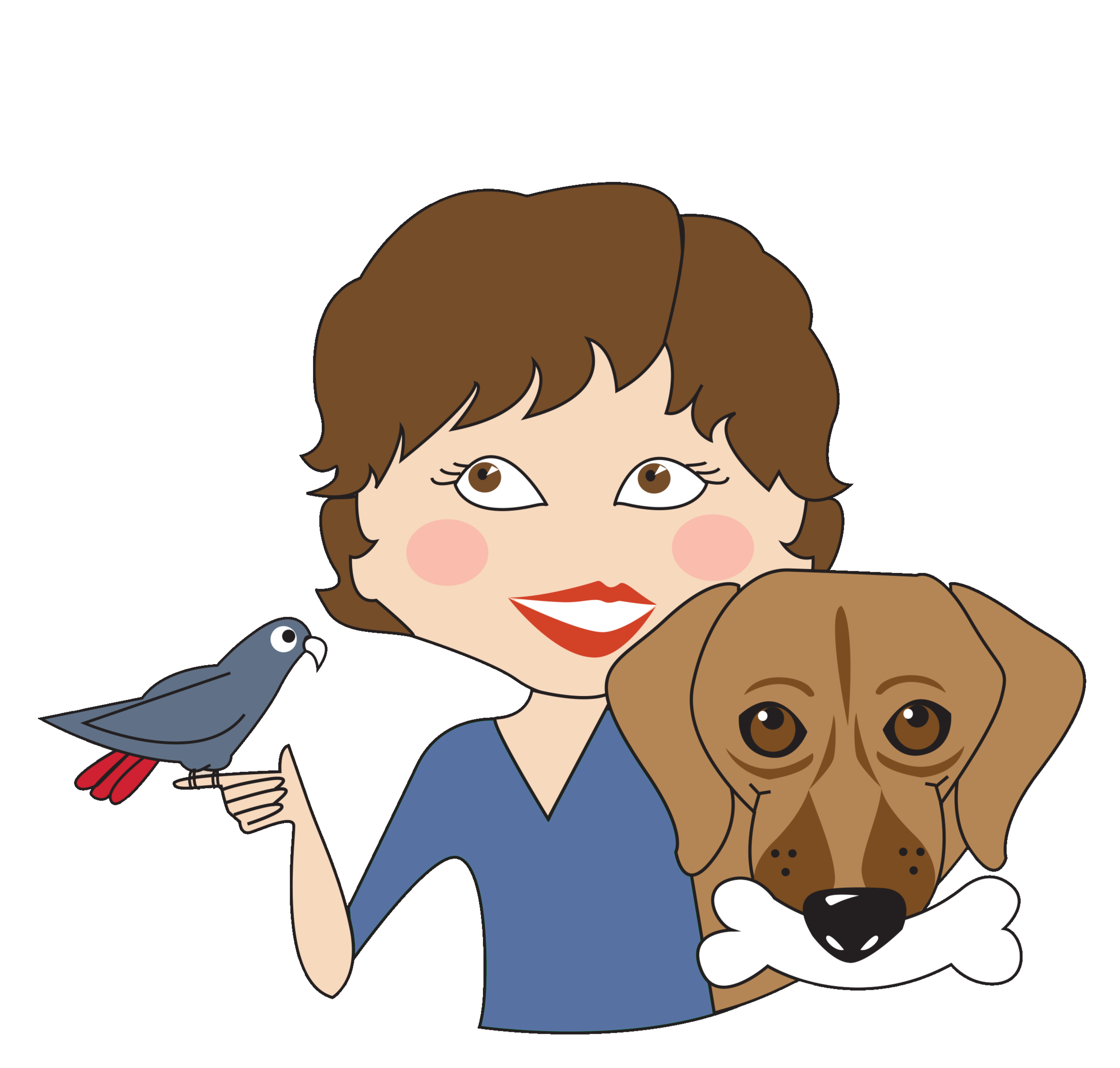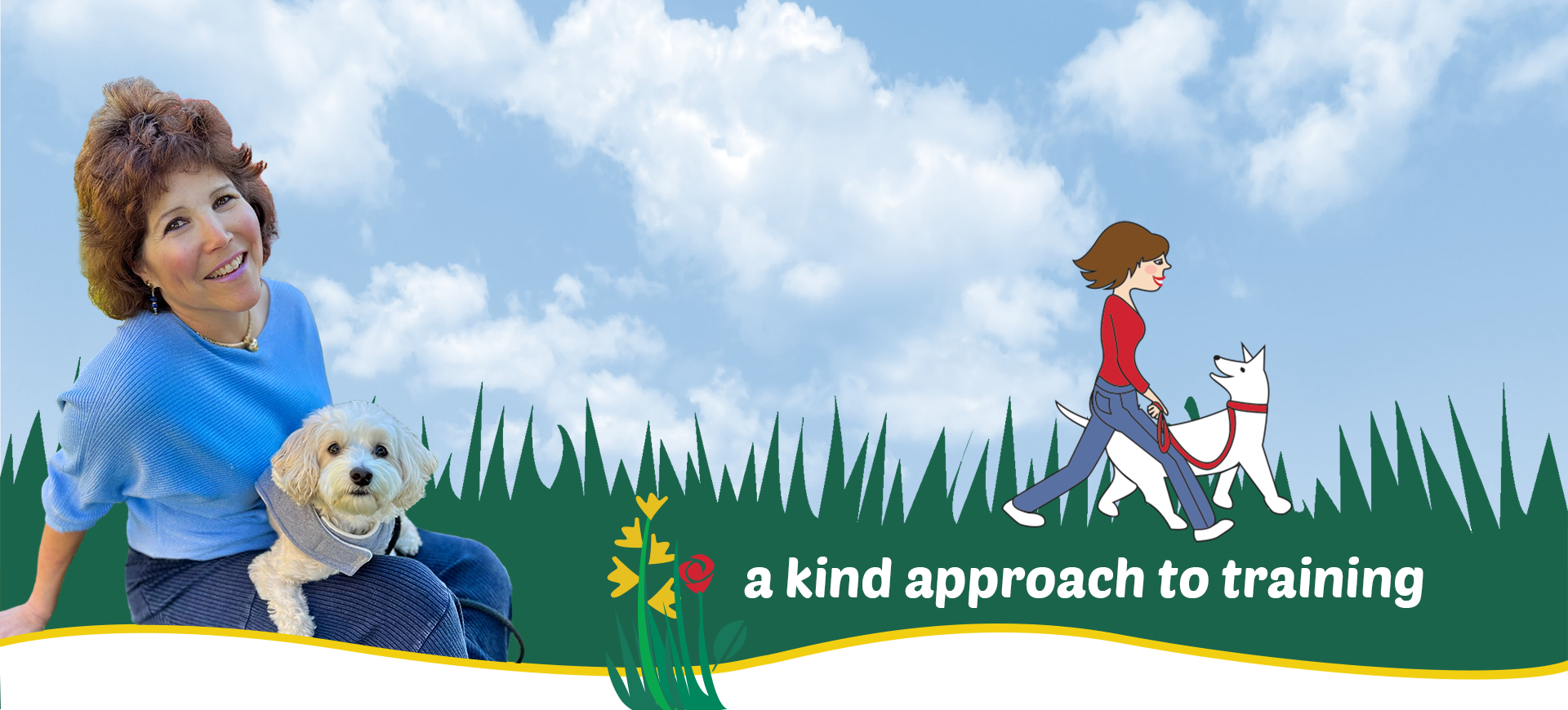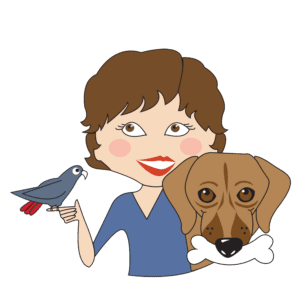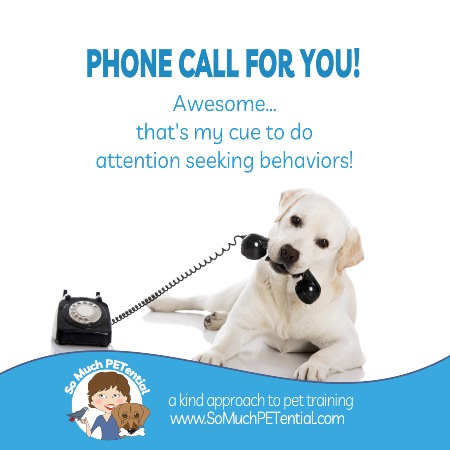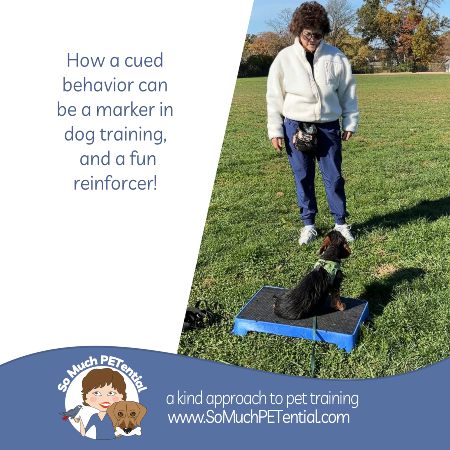Parents, just a reminder, we know that many little kids like to run around, jump and yell. However, puppies (and a lot of dogs too) get amped up too just by being around that kind of activity. That can lead to your dog running, jumping, pouncing, nipping or biting, grabbing clothes or grabbing anything. It can lead to more jumping and yelling and pushing from your child. Ultimately it can lead to clothes being torn, furnishings being damaged or worse of all – someone getting hurt. Dogs and puppies that are over aroused can bite, and bite hard.
I love it when I get called BEFORE that happens. Often I get called after it happens.
 Punishing your dog for those behaviors may suppress the behaviors temporarily but may also teach your dog or puppy to have a negative association with being near your child (and you). Your punishment strategy, when your dog is already in a heightened state of arousal, may actually even raise its arousal even more, increasing the likelihood of getting bitten.
Punishing your dog for those behaviors may suppress the behaviors temporarily but may also teach your dog or puppy to have a negative association with being near your child (and you). Your punishment strategy, when your dog is already in a heightened state of arousal, may actually even raise its arousal even more, increasing the likelihood of getting bitten.
Instead, practice management, active supervision and teaching (not just your dog but your child too).
- Active supervision – This is more than simply being in the same room as your child and dog. It is knowing what to look for in terms of both your dog and child beginning to get amped up and in terms of your dog’s stress signals to know when to interrupt and redirect one or both of them. If your dog exhibits any of these signs of stress, take action to make a change that will help your dog feel comfortable in that environment. Some ideas include stopping the way you (and/or your child) are currently interacting with your dog, giving your dog distance, or changing your body posture. These are common ways a dog may show that it is not feeling good about what is happening, before your dog escalates to a hard stare, growl, or worse.
closed mouth
turning away or shifting body muscles away
half-moon eyes (whites of the eyes showing around the edge)
yawning
lip licking
shaking off
breathing changes
stiff body muscles
excessive sniffing
inability to settle - Management – Things like gates and crates can keep your dog and child apart, and also your dog can be in another room or outside (or inside) when it is play time for your child. Tethering your dog to another part of the room will also keep your dog from having access to jumping on your child. Keep in mind with any of these options (especially the tether) that seeing and hearing your child running, yelling, playing with toys, and tumbling on the ground may still get your dog amped up. If your dog is tethered and is barking/jumping/lunging on the leash, not only can that heighten its arousal more, it can also hurt your dog’s neck if it is wearing a collar. This is why it is best to have the wild and crazy play out of sight from your dog. Meanwhile, there are behaviors you can teach both your child and dog. Another component of management is giving your dog other activities to do that your dog is interested in like chewing on a bully stick, working on a stuffed Kong, or trying to get food out of a foraging toy.
- Teaching – For your dog, teaching it to have an OFF switch (meaning to be able to settle from being active), to do calm behaviors such as sit/lay down/go to a spot and stay amidst distractions, and to come to you when it is called are some really good lessons for families. Teaching your kids to be still when your dog begins to get aroused, to ask your dog for those behaviors, to learn how to recognize dog body language, and to learn some safe games they can play with their dog are all good lessons.
